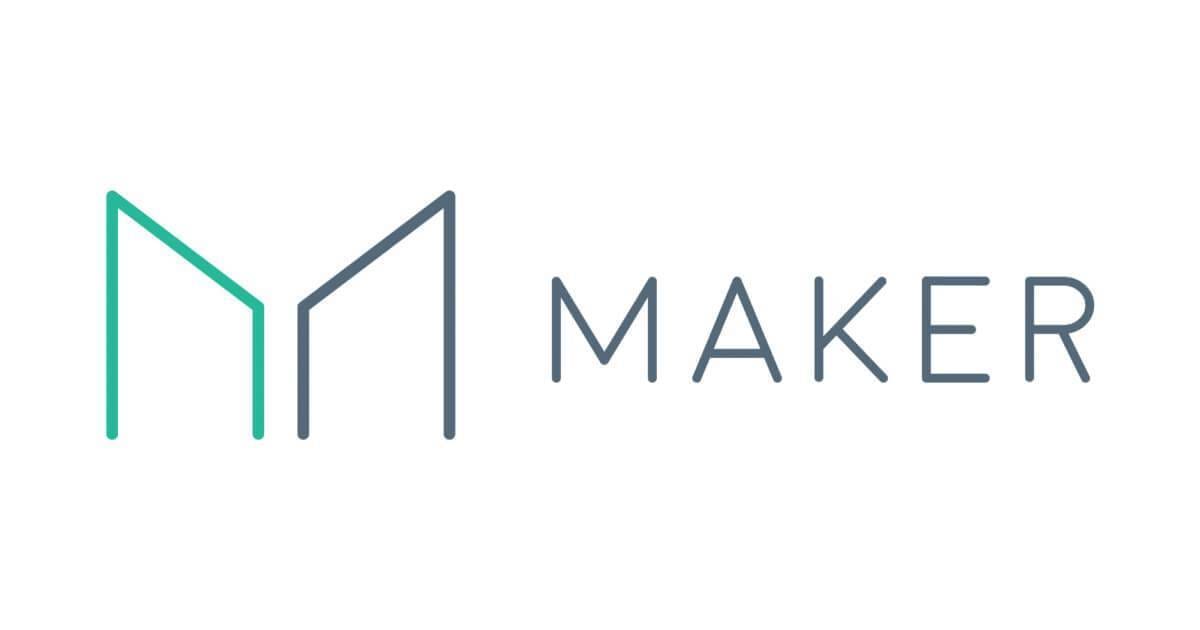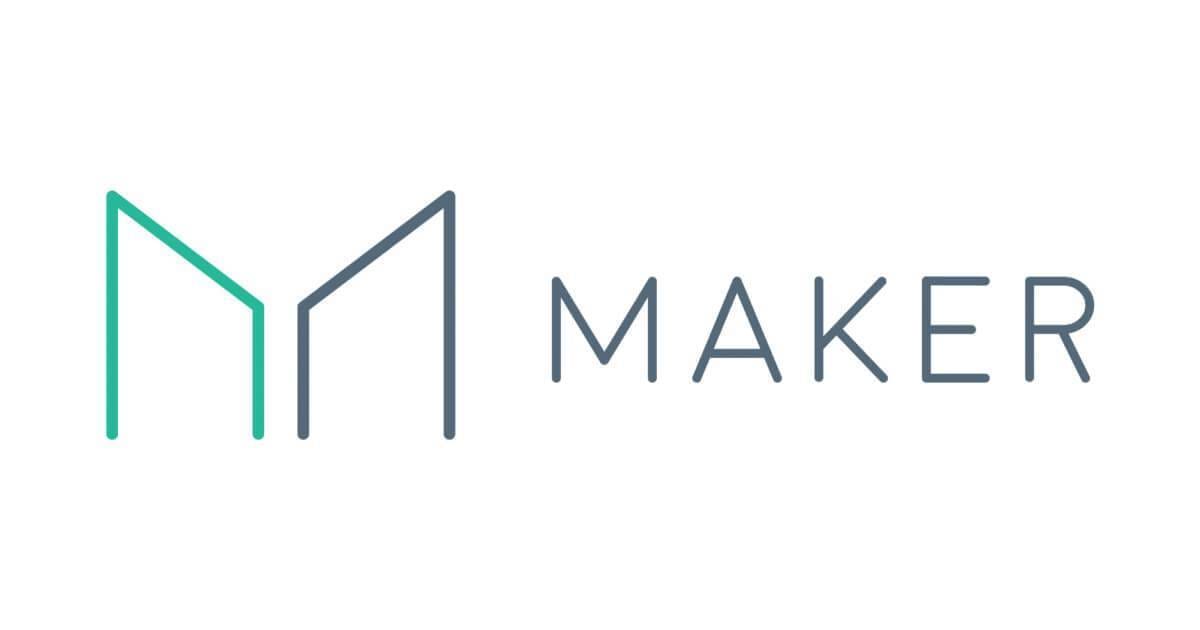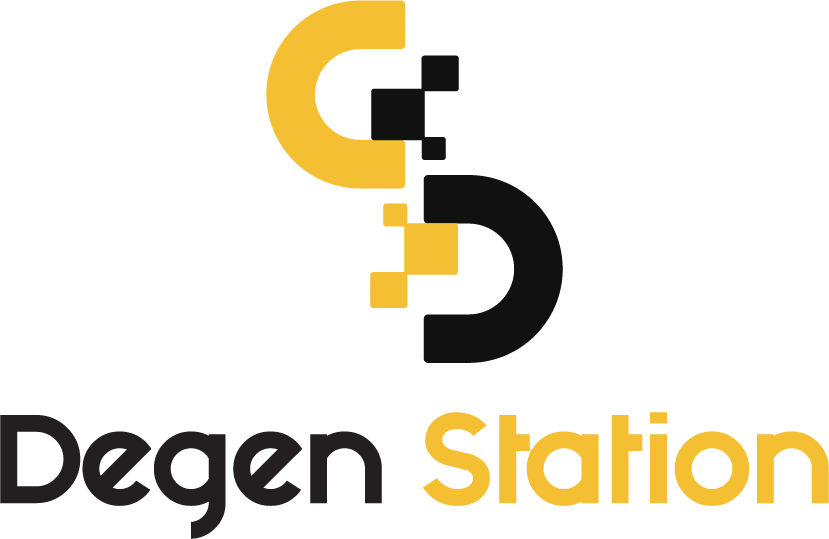MakerDAO Approves Proposal to Increase DSR to 15%

MakerDAO, the organization behind the DAI stablecoin, has approved a proposal to raise the DAI Savings Rate (DSR) to 15%.

This proposal was passed through a vote and will officially be implemented on the Maker protocol in the early hours of March 11.
The latest Executive Vote has just been approved.
— Maker (@MakerDAO) March 8, 2024
→ https://t.co/oIY1JBtLuq
As a result, the following changes will be implemented within the Maker Protocol on March 10, 2024, at 19:55 UTC.
• Stability Fees for various collateral assets, including ETH and WBTC vaults, will… pic.twitter.com/UNUejjv8iI
Key Changes
The notable changes in this proposal include increasing the borrowing interest rates for crypto-collateralized loans to a range of 15% to 17.25%.
Additionally, the most significant change is raising the Dai Savings Rate (DSR) from the current 5% to 15%. To offset this difference, the borrowing interest rate for DAI on the SparkLend platform will also be raised from the current 6.7% to 16%.
Market Response
This move is seen as a reaction to recent changes in the cryptocurrency and stablecoin markets.
Over the past three months, DAI has faced capital outflows, causing the total supply of the stablecoin to decrease by approximately 18%.
Supply change over 3 months for largest 10 stables suggest @MakerDAO needs to take action:
— PaperImperium (@ImperiumPaper) March 7, 2024
USDT +11%
USDC +19%
DAI -18%
FDUSD +195%
TUSD -51%
USDD +2%
FRAX ~flat
PYUSD +33%
USDP -53%*
*mostly from Maker redeeming 166m USDP pic.twitter.com/yNSfVF2aR0
Analysts attribute this trend to the emergence of new types of stablecoins offering significantly higher returns compared to the 5% currently proposed by DAI.
For instance, Ethena's USDe stablecoin has quickly expanded its supply and market presence on lending platforms thanks to its Delta Neutral model, offering attractive yields.
Strategic Shift
In addition to raising deposit interest rates to attract users, MakerDAO is gradually shifting its collateral structure from government bonds to crypto assets. This strategy aims to optimize returns in the current growth phase of the market.





